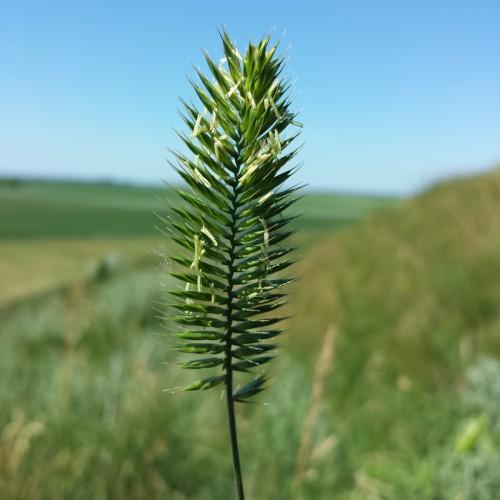
Crested Wheat Grass
Agropyron cristatum subsp. pectinatum
Watering:
Minimal
Hardiness Zone:
Sun:
full sun,part shade
Leaf:
Yes
Growth Rate:
Low
Drought Tolerant:
Yes
Care Level:
Medium
watering
Creeping Agrimony (Agrimonia repens) needs plenty of water during the growing season. Water deeply enough to keep the soil moist but not soggy. The ideal frequency for watering is every 3-4 days, when temperatures are high and the soil starts to dry out. In cooler weather (below 70°F), watering every 7-10 days is usually sufficient. Mulching around the plant will help the soil retain moisture and reduce the frequency of watering.
sunlight
Creeping Agrimony (Agrimonia repens) is a sun-loving plant that performs best in full sun locations of at least 6 hours of direct sun during the summer. This plant species may tolerate some shade, but may begin to elongate to seek out more sunshine. The best results occur when plants are given full sun in order to maintain an attractive, compact growth habit.
pruning
Creeping Agrimony (Agrimonia repens) can be pruned at least annually to control its size and shape. Pruning should occur in early spring, as soon as new shoots start to grow, or in mid-summer after flowering. Use sharp and clean pruning shears or garden scissors to cut all shoots down to about 3 inches. Be sure not to prune too much or too little. Too much pruning can lead to an undesirable shape and reduce flowering. Not pruning enough can lead to an unruly, overgrown form. If needed, deadhead or pinch off any remaining dead flowers to encourage a second flush of blooms.
